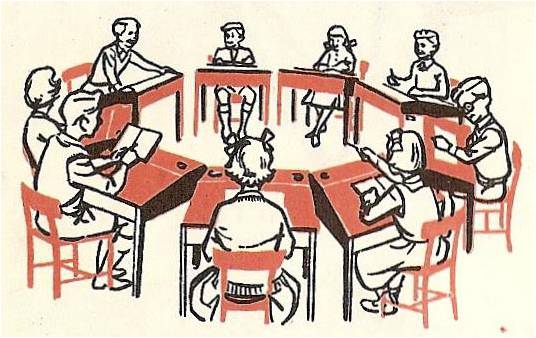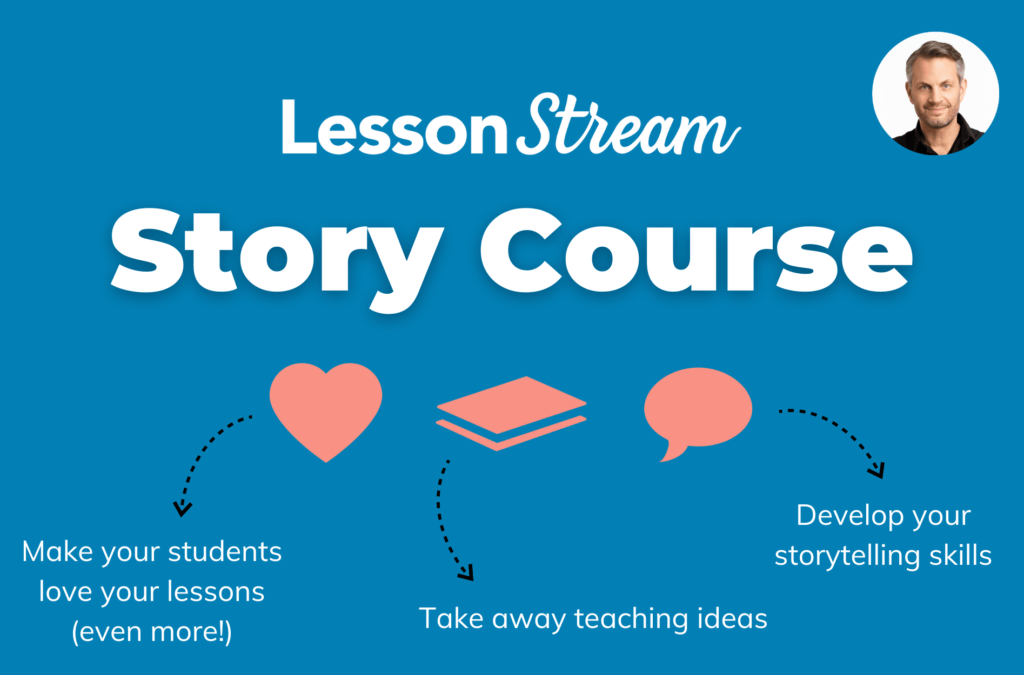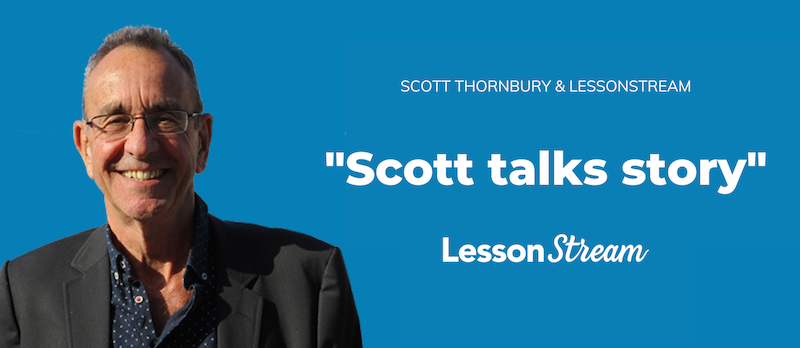In this post, I share some thoughts about Dogme ELT and teacher-led storytelling.
Reconnecting with an old friend
Recently, I have been reestablishing a relationship with an old friend. It’s a relationship that you may have been in yourself. I am talking about Dogme ELT.
There was a time – not so long ago – when Dogme ELT (or just ‘Dogme’) dominated discussions between English language teachers. Whether you were at a conference or involved in an online chat group, the subject had a habit of popping up and taking over.
My own relationship with Dogme began when I was in my third year of teaching English. Like many of you, I was tired of the dominance that the course book had over our lives. I found myself reacting against artifice and searching for something new – something real.
What is Dogme?
It all started in 2000 with this short article in IATEFL Voices by Scott Thornbury. Scott was inspired by a group of Danish filmmakers who reacted against the pervasiveness of technology and special effects in cinema. They wanted a return to the traditional values of story and acting in film.
In the article, Scott suggested that our profession needed something similar. For us it was the need to reject course books (and all the supplementary materials that come with them) and the need to return to real classroom communication.
From the article came a movement, an approach, a “pedagogy of bare essentials”. Dogme was fresh. It was innovative. It was old school. It was common sense. It was controversial. You could not escape it.
We spoke of “Dogme moments” – the golden nugget of the Dogme classroom – those unplanned moments of authentic communication that provide both interpersonal connections and language teaching opportunities.
The teacher’s role, relegated?
Dogme meant different things to different people. It was difficult to define. And that may be why we spent so much time talking about it.
But out of the ambiguity, a number of assumptions seemed to dominate the discourse. The most problematic one, in my opinion, was the idea that all classroom discussion should be initiated by the students. Was this Dogme being hijacked by reactions against vague images of teacher-centeredness? (This is something that I have written about before.)
As a young teacher who was asking questions, Dogme both attracted me and confused me. At worst, it could make me feel like a failure. What’s wrong with me? Why can’t I create Dogme moments in my classroom. Why can’t I get my students to talk by asking them what they would like to talk about?
I strongly believe that if we want to get students talking, teachers have to be prepared to talk with them first. If the aim is to introduce a topic and seed discussion, I would always prefer to use a short personal anecdote over a YouTube video.
Dogme & story
In 2010, Scott Thornbury and Luke Meddings published Teaching Unplugged – the Dogme handbook.
It is interesting to note how many times the words ‘story’ and ‘stories’ appear in the book.
- ‘Story’ appears 38 times
- ‘Stories’ appears 13 times
- (Storytelling appears 0 times)
Perhaps unsurprisingly, the stories in question largely relate to those that students bring into the classroom. There is little, if any, discussion about possibilities for teachers to use their own stories as a way to get students talking.
Why is this? A short anecdote from the teacher is just an embodied text. And the book goes into a considerable discussion about how to use texts, of the printable kind, to provide language input and stimulus for discussion.
In December 2021, I put these questions to Scott Thornbury when he gave his very first talk on storytelling in language teaching. This was an exclusive LessonStream webinar and in November 2022, he joined us to share some more idea.
The recordings are available to all LessonStream members.
It would be great to have you on board 🚢
About the LessonStream Membership
The LessonStream Membership is a community of teachers, united by our passion for story and storytelling, in and out of the classroom. Members get access to the following:
- Resources: access to the entire lesson plan library
- Professional development: the LessonStream Story Course
- Community: all webinars, online social events & the Fishbowl forum





